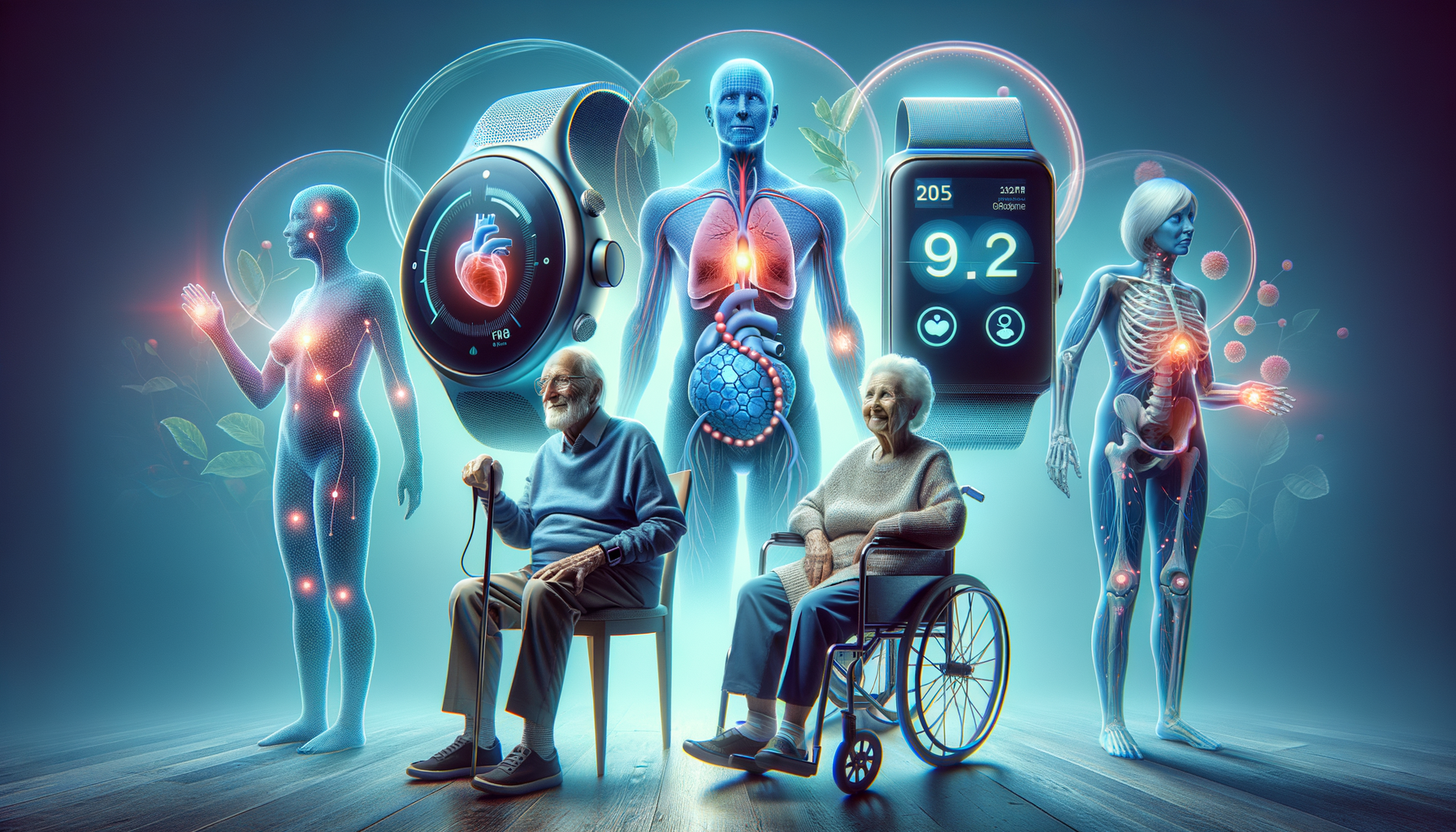
5 Must-Have Health Monitoring Devices for Seniors in 2025
The Growing Importance of Health-Monitoring Devices for Seniors
As the global population ages, the need for effective health-monitoring devices becomes increasingly critical. These devices offer seniors the ability to maintain independence while ensuring their health is consistently monitored. In 2025, technology has advanced significantly, providing seniors with more options than ever to manage their health proactively. The integration of sophisticated sensors and user-friendly interfaces has made it possible for seniors to track vital signs, detect potential health issues early, and communicate effectively with healthcare providers.
Wearable Technology: A Game-Changer for Senior Health
Wearable technology has transformed the landscape of health monitoring for seniors. Devices such as smartwatches and fitness trackers are equipped with features that can track heart rate, monitor sleep patterns, and even detect falls. These wearables are designed to be user-friendly, often featuring large displays and simple interfaces. The ability to sync with smartphones allows for easy data sharing with family members and healthcare providers, ensuring a comprehensive approach to health management.
Smart Home Devices: Enhancing Safety and Health
Smart home devices have become integral to maintaining a safe and healthy environment for seniors. These devices include smart thermostats, lighting systems, and security cameras that can be controlled remotely. More importantly, health-specific devices such as smart pill dispensers and emergency response systems provide peace of mind to seniors and their families. By integrating these devices into their daily routines, seniors can enjoy a safer living space that promotes their overall well-being.
Remote Patient Monitoring: Bridging the Gap in Healthcare
Remote patient monitoring (RPM) is revolutionizing how healthcare is delivered to seniors. Through RPM, healthcare providers can monitor a patient’s vital signs and health metrics from a distance, reducing the need for frequent in-person visits. Devices used in RPM include blood pressure monitors, glucose meters, and pulse oximeters. These devices transmit data directly to healthcare providers, allowing for timely interventions and personalized care plans. This approach not only enhances patient care but also reduces the burden on healthcare systems.
The Future of Health-Monitoring Devices for Seniors
Looking ahead, the future of health-monitoring devices for seniors is promising. Innovations in artificial intelligence and machine learning are paving the way for more predictive and personalized health solutions. Devices are becoming more intuitive, capable of learning user behaviors and providing tailored health insights. As technology continues to evolve, it is essential for seniors and their caregivers to stay informed about the latest developments to maximize the benefits of these devices. By embracing these advancements, seniors can enjoy a higher quality of life, with greater autonomy and improved health outcomes.